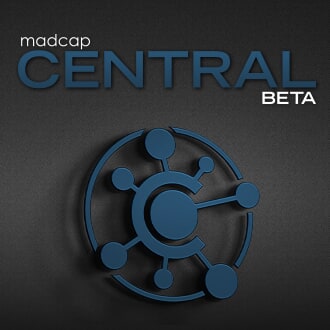This guest blog post is written by Mohd Sohel Ather, a senior primary software engineer. He focuses on actionable and unique ideas that can be used to grow your business and make a real difference for your customers.
If you are selling goods online, whether you are a retailer, a wholesaler or a manufacturer, you might be thinking of ways to increase your online sales. A lot of companies nowadays turn to technological solutions to boost their marketing campaigns, sales and streamline processes. Why not explore what the IT sector has to offer?
In this article we will dive into the topic of content and document management platforms and how they can help your online business. There are usually 2 solutions the companies are choosing from: PIM (Product Information Management) and CMS (Content Management System).
Content Management Systems
Content management systems were originally created for website admins who needed to update the information on a website constantly but didn’t know how to code. Basically, CMS separates the visible text on the site from the code. It’s proven to be a highly convenient tool that is being used by millions of companies around the world.
A CMS is typically used for owners of a single website, that allows you to create and manage web pages with ease. The most popular CMS solutions include WordPress, used by around 40% of all websites on the internet, other common providers include Drupal and Squarespace.
What is PIM Software?
PIM software is a solution that helps website owners to produce and manage content across several digital channels.
To cut a long story short, PIM software plays the role of an intermediary between different systems of product data and distribution channels. It comes with API integrations that improve data quality from one solution to another. Some of the most popular PIM solutions include Pimcore and Akeneo.
Who Typically Uses CMS?
Generally, any company that doesn’t have a lot of online platforms and needs to update the digital content on its website often, can use a content management system. If you just need a simple website without investing a lot of money into development, CMS might be a great choice for you.
What Companies Need PIM?
Let’s have a closer look at what companies would benefit from PIM implementation. Those might be companies that use several channels to sell products and must adapt to the requirements of a particular channel, or the companies that work and sell in different countries. Some retailers go for PIM to streamline communications with their product suppliers/manufacturers. PIM would also benefit companies that are planning to process advanced technical product data, for example, functional specifications, 3D models, or other product attributes.
PIM or CMS?
The truth is you might actually need both.
While a CMS stores all the content for one website, a PIM is focused solely on product information and makes it available for many downstream channels. But it doesn’t mean that a CMS doesn’t have its advantages too. A CMS’ ability to provide a low price point and simplicity for website owners is a main reason why so many companies around the world choose a CMS.
After long consideration, you might find it necessary to integrate these different systems for more agile and efficient work.
Conclusion
So, where does this all leave us? We recommend analyzing your online channel and budget making a decision based on this information. At the end of the day, only you know what’s best for your business.









